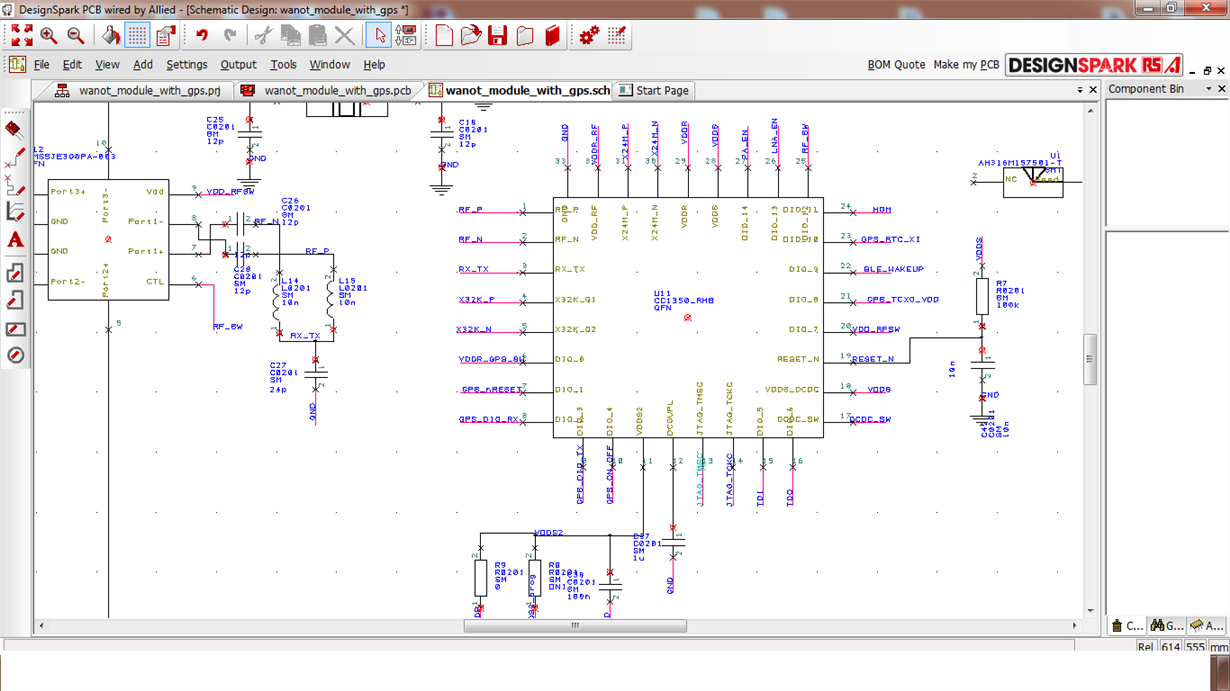Hi everyone,
We are trying to jump from CC1350 Launchpad to our custom board and burn the BLE stack. When we do it through the Launchpad we could detect the BLE advertising.
However, when we redirected the same TCK, TMS, Reset, 3v3 and GND pins to our board and burn, Code Composer reaches the same reset state at the end but unfortunately we could not get the BLE radio up
on our board. The only difference between our board and the eval board is the package; we have 5mm RHB while the chip on eval board is 7mm RGZ. Would anyone guess what might have gone wrong?
They have the same amount of flash 128KB. Do we have to do anything specific on the Code Composer Studio while burning to an external 1350 chip?
Thanks ahead
Ahmet


